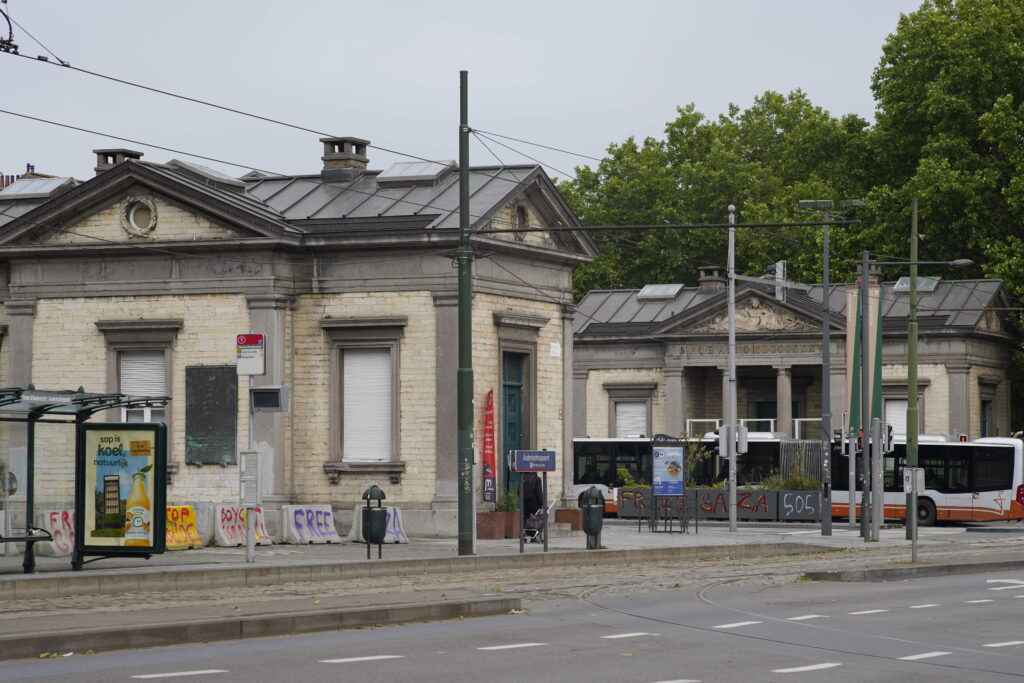
The sewer museum in Brussels is entered through one of the former tax collection buildings at the Porte d’Anderlecht (left in the featured image) and exited through the building...
Geoff Chaplin
Geoff Chaplin's Posts

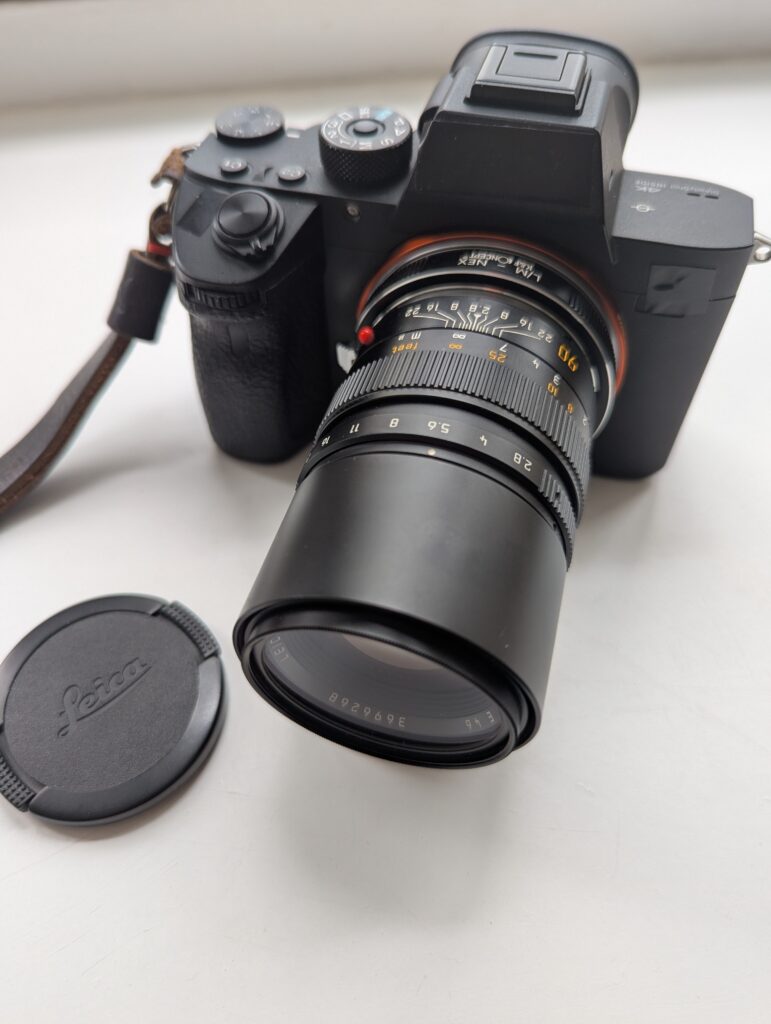
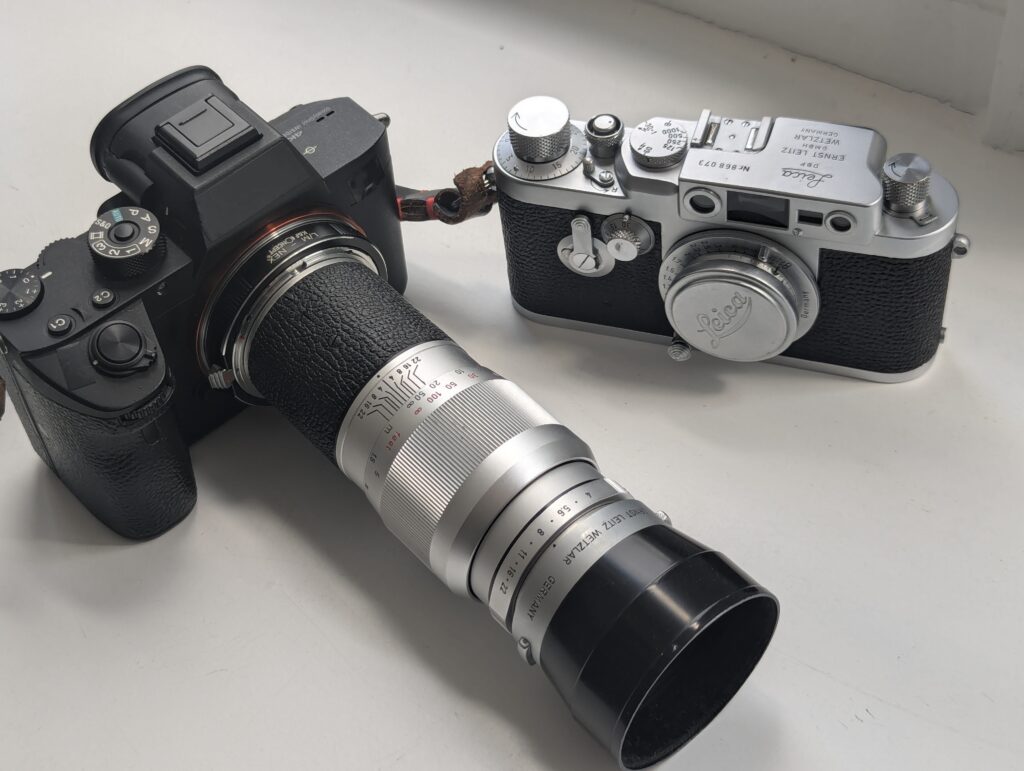
4 July, 2025
Leitz 50mm f3.5 and the 135mm f4 – A Brace of Elmars – Sublime to RidiculousBy Geoff Chaplin
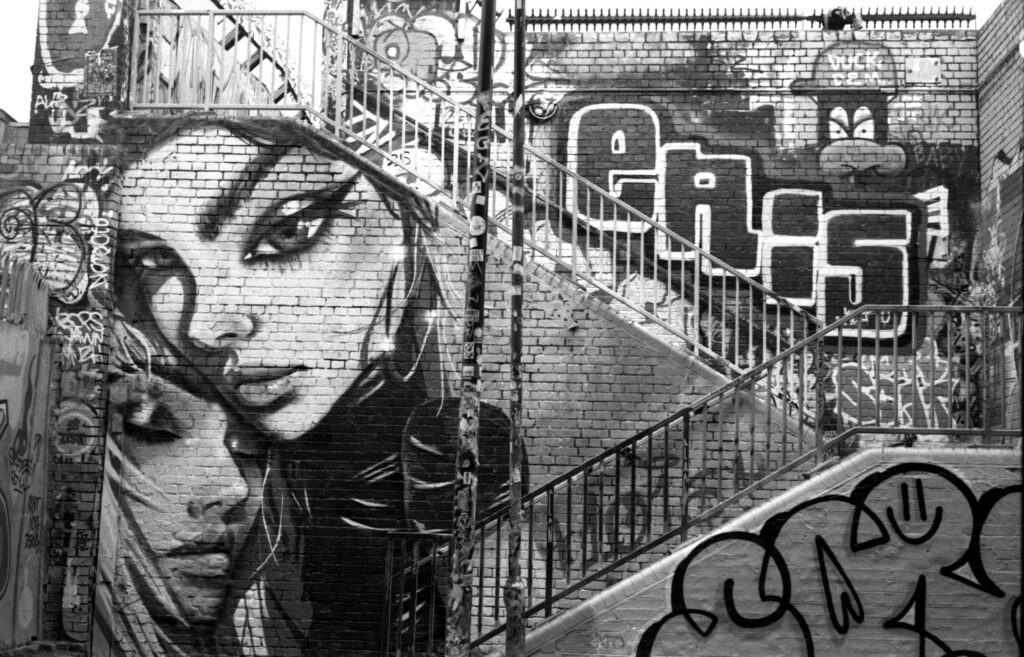
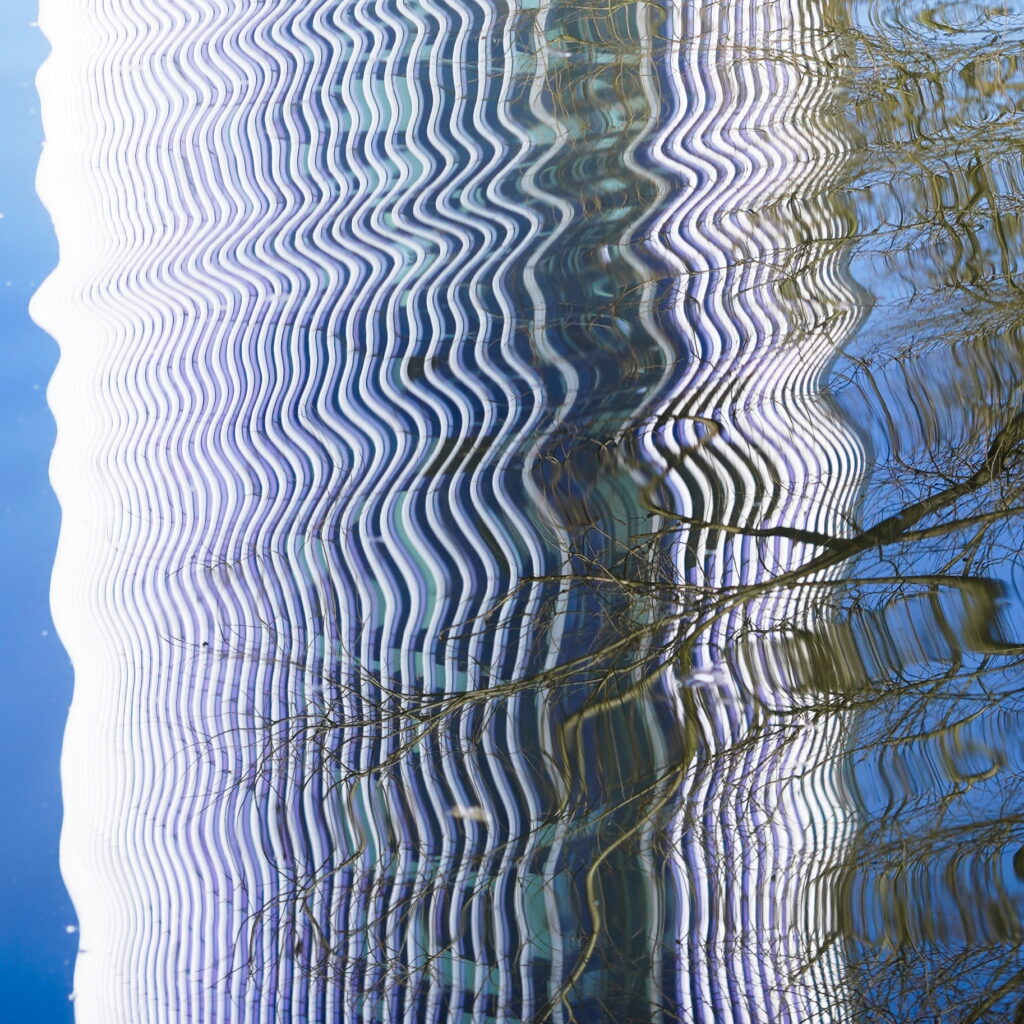
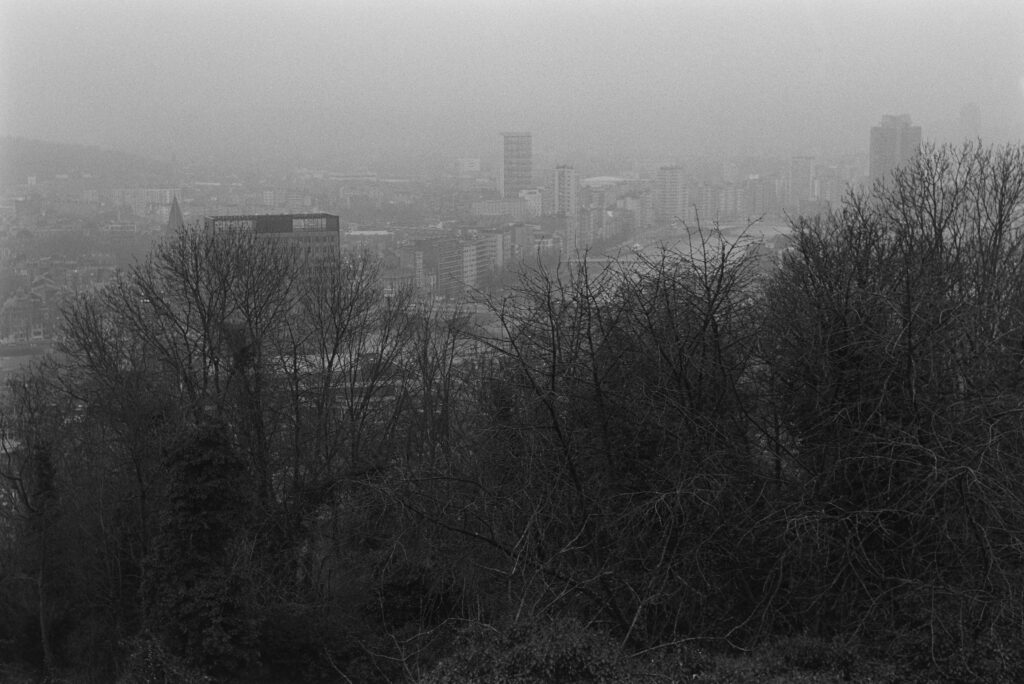
3 April, 2025
Liege with a Leica iiig, Elmar 50mm f3.5, FP4, Fomapan 100 in PMK Pyro and an accidentBy Geoff Chaplin
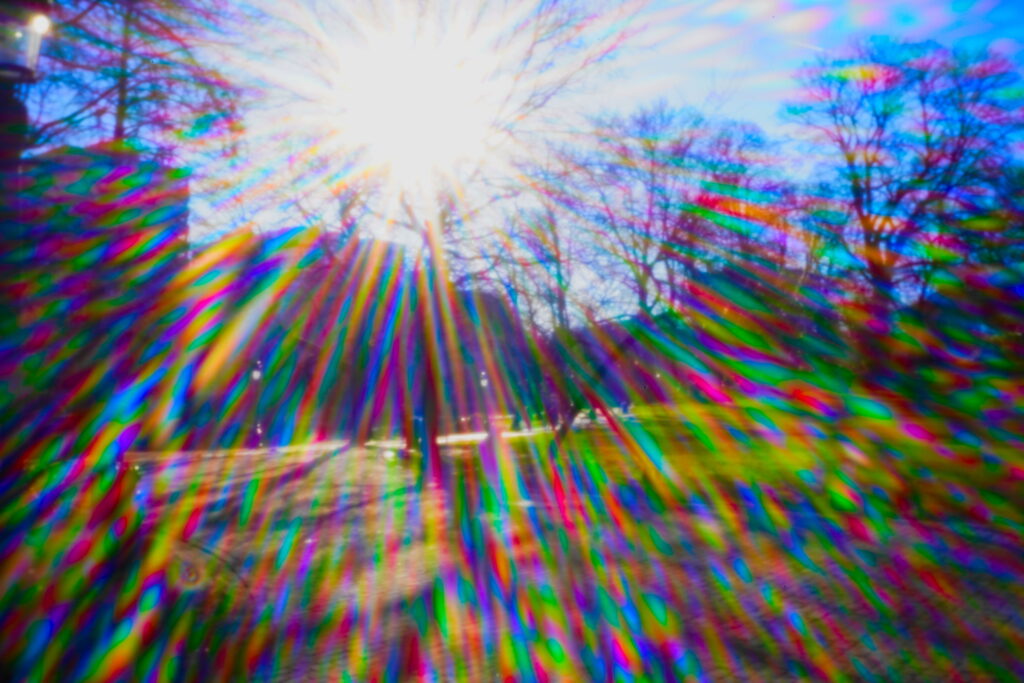
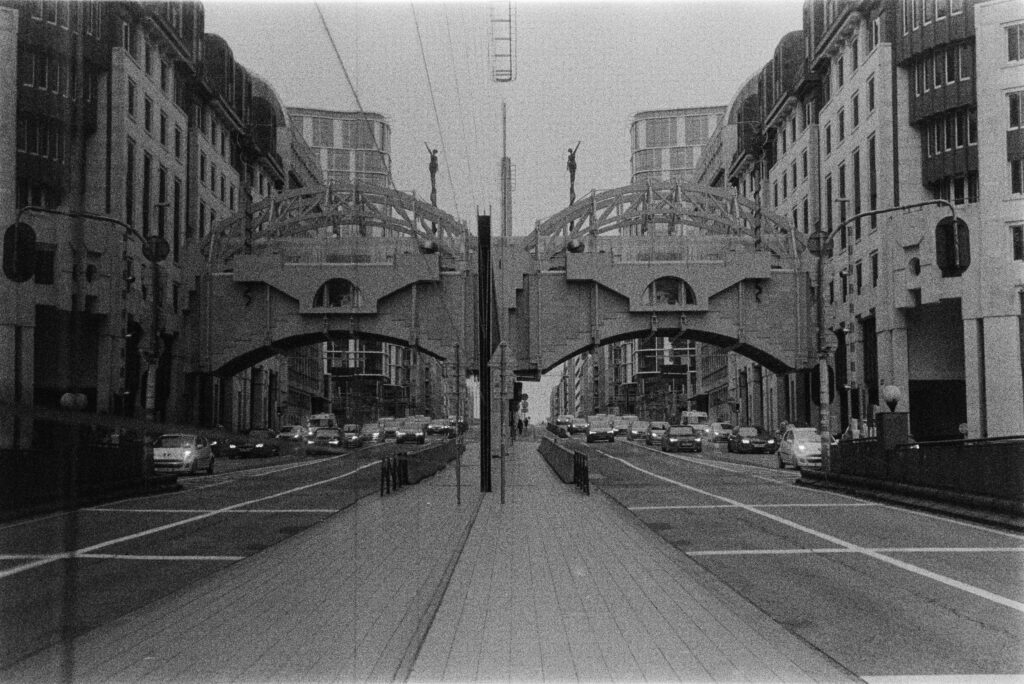
Paid Subscription
£2.99 per month and you’ll never see an advert again! (Free 3-day trial).
Content contributor
Become a part of the world’s biggest film and alternative photography community blog. All our Contributors have an ad-free experience for life.